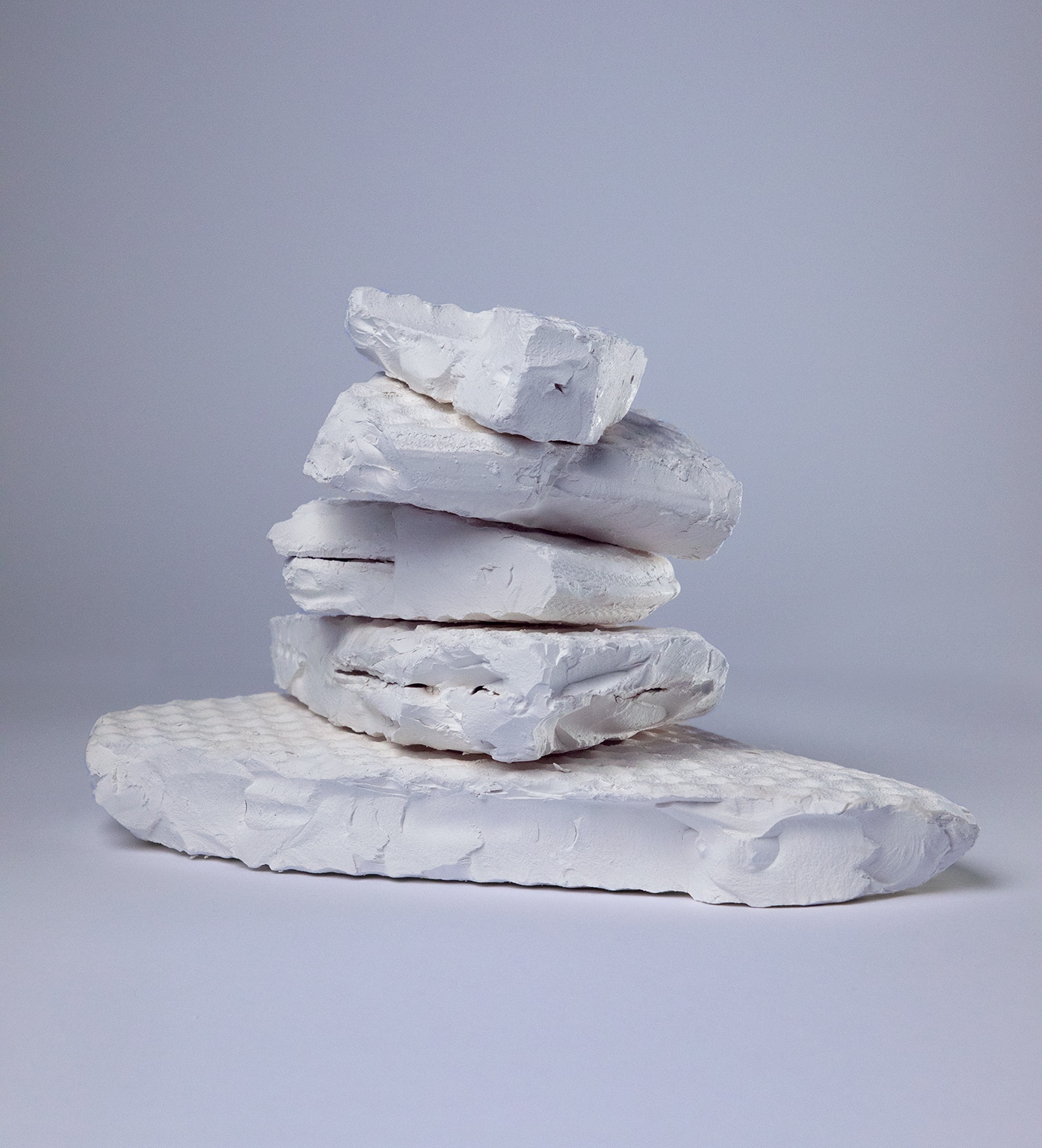1000 years of kaolin
Porcelain was first made in China during the Tang dynasty (618-907). As the industry grew, a bright white clay was identified as a high-quality additive for use in porcelain manufacturing.
This particular clay was discovered near a village called Gāolǐng from which the name "kaolin" is derived. This village is in China's southeastern Jianxi Province, which today hosts more than 10,000 ceramics manufacturers.
Kaolin mining in Jianxi Province first occurred more than 1000 years ago, though reserves are being depleted to produce tableware for a growing global demand.
The form of porcelain best known in the West was produced during the Yuan dynasty (1279–1368) and Ming dynasty (1368-1644) with surviving examples now priceless. Reserves of bright white clay in the Jiangxi region are being depleted to produce the plates and cups for a growing global demand.
The Great White Project has a high-quality kaolin product that will provide supply for this demand
Today, kaolin can be found in every modern home, office and car around the world.
In the home, it is used to produce ceramics tiles and benchtops, and porcelain tableware and sanitaryware found in everyday kitchens and bathrooms.
Kaolin is also found in hundreds of other everyday objects including cosmetics, paint, rubber, medicines, paper, pesticides, orthodontics, orthopaedics, and plastics. Every modern home, office and car contains objects made with kaolin in some form.
The existing market demand for high-grade kaolin is substantial and growing strongly, underpinned by increasing wealth and urbanisation, and as its use in new applications continues to grow.
This is at a time when there is increasing scarcity of supply, driven by geopolitical factors (such as the war in Ukraine), with existing known sources of high-quality supply being rapidly depleted and no large new sources currently planned to be developed.
Andromeda is well placed to meet the long-term market demand for kaolin, given the high-quality and significant size of our resources. The development of our resources will support the production of high-quality ceramics as well as many new technologies at the forefront of science, and essential to building a more sustainable future.
Andromeda’s kaolin deposits, located in regional areas of South Australia, contain some of the highest purity kaolin ever discovered.
Our deposits contain naturally occurring blends of halloysite tubes and kaolinite plates, which have a wide variety of uses beyond kaolin and attract a premium price.
